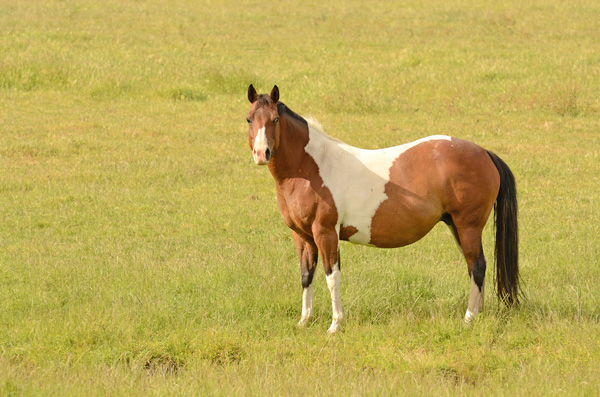For almost three centuries, barn raisings have taken place in Amish and old order Mennonite communities in North America.The tradition of barn raisings has remained virtually unchanged, as have the barns themselves, with their high walls, post and beam frames, and peaked roofs.Yet for most of the rest of the country, barn building is no longer a part of our culture.Where this tradition is gone, so is the knowledge about climate and weather that accompanies it.

In this post, let’s explore some of this old knowledge so that we can challenge ourselves to build new barns that work better!
Orient your barn properly:Recent research from the University of Kansas has reinforced the traditional knowledge that dairy barns oriented on an east/west axis ventilate better and remain cooler.This orientation works best for cow and horse barns in most of the temperate and hot climates in the United States, where exposure to the western sun should be minimized.It has been proven to have less effect in northern climates.For example, in Ontario, barns are often traditionally oriented north/south.
Use volume to your advantage:Part of the reason that old Amish barns are so massive is that they seek to maximize the volume within the square footage.Not only does this provide the most useful storage space within the envelope of the barn, it works well with a temperate climate.Hot summer air floats to the top, and the air at the level of the animals remains cool and comfortable.
However, if you live in a hot, dry southwestern climate, the best practice is to keep the volume of your barn low.Barns in Arizona, New Mexico, and Texas for example, have lower roofs, often with a lean to on one or both sides to further depress the overall volume to prevent heat buildup.Be sure your barn can open up to capture breezes and that there is a way for heat to escape from the roof.
Carefully select materials:Traditional barns are typically sided with wood.Today, this is not as common.Wood products are more expensive and less readily available.If the barn is built with a metal frame, then wood is not practical.This means that many modern barns are sided with manufactured materials such as metal panels.Regardless of the material you use for siding or roofing, be aware of the effect that material has on the inside environment of the barn.Choose metal products with a “cool finish” that is designed to reflect heat.
Before you build your own barn, take the time to learn from the barn-building traditions of your area.This July, take a road trip through the countryside.While you may not see a barn raising, you will still see many old barns.Take note of their form, their orientation, and their materials.How are they designed to work with nature?Don’t forget to consult the experts at your state agricultural school or extension office as well.


